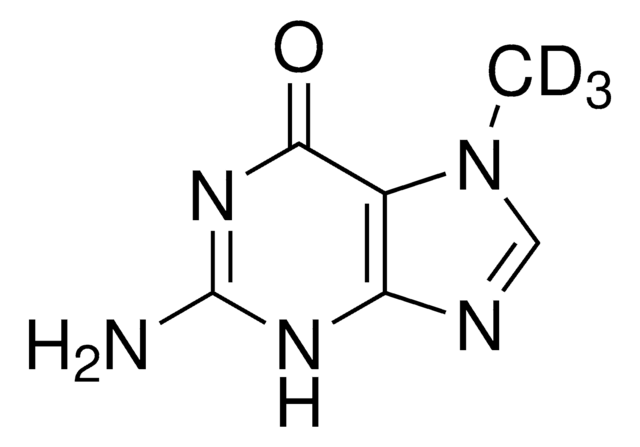459984
Rhenium
foil, thickness 1.0 mm, 99.98% trace metals basis
Synonym(s):
Rhenium element
About This Item
Recommended Products
assay
99.98% trace metals basis
form
foil
description
19.3 μΩ-cm, 20°C
thickness
1.0 mm
bp
5596 °C (lit.)
5627 °C (lit.)
mp
3180 °C (lit.)
density
21.02 g/cm3 (lit.)
SMILES string
[ReH]
InChI
1S/Re
InChI key
WUAPFZMCVAUBPE-UHFFFAOYSA-N
Looking for similar products? Visit Product Comparison Guide
Quantity
Storage Class
13 - Non Combustible Solids
wgk_germany
nwg
flash_point_f
Not applicable
flash_point_c
Not applicable
ppe
Eyeshields, Gloves, type P3 (EN 143) respirator cartridges
Certificates of Analysis (COA)
Search for Certificates of Analysis (COA) by entering the products Lot/Batch Number. Lot and Batch Numbers can be found on a product’s label following the words ‘Lot’ or ‘Batch’.
Already Own This Product?
Find documentation for the products that you have recently purchased in the Document Library.
Our team of scientists has experience in all areas of research including Life Science, Material Science, Chemical Synthesis, Chromatography, Analytical and many others.
Contact Technical Service





![(1S,4S)-(−)-2-Boc-2,5-diazabicyclo[2.2.1]heptane 95%](/deepweb/assets/sigmaaldrich/product/structures/401/063/1eb3be94-6385-4815-8b42-ff76c097cc27/640/1eb3be94-6385-4815-8b42-ff76c097cc27.png)

